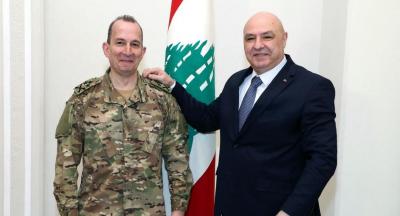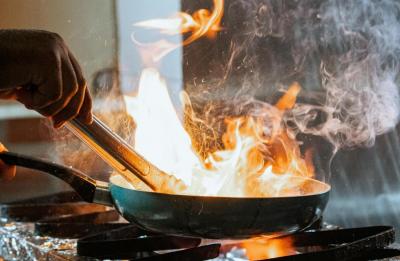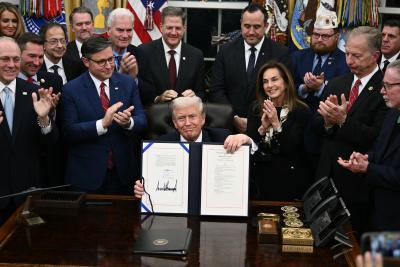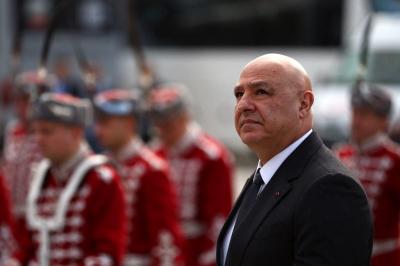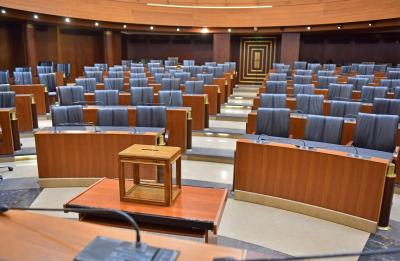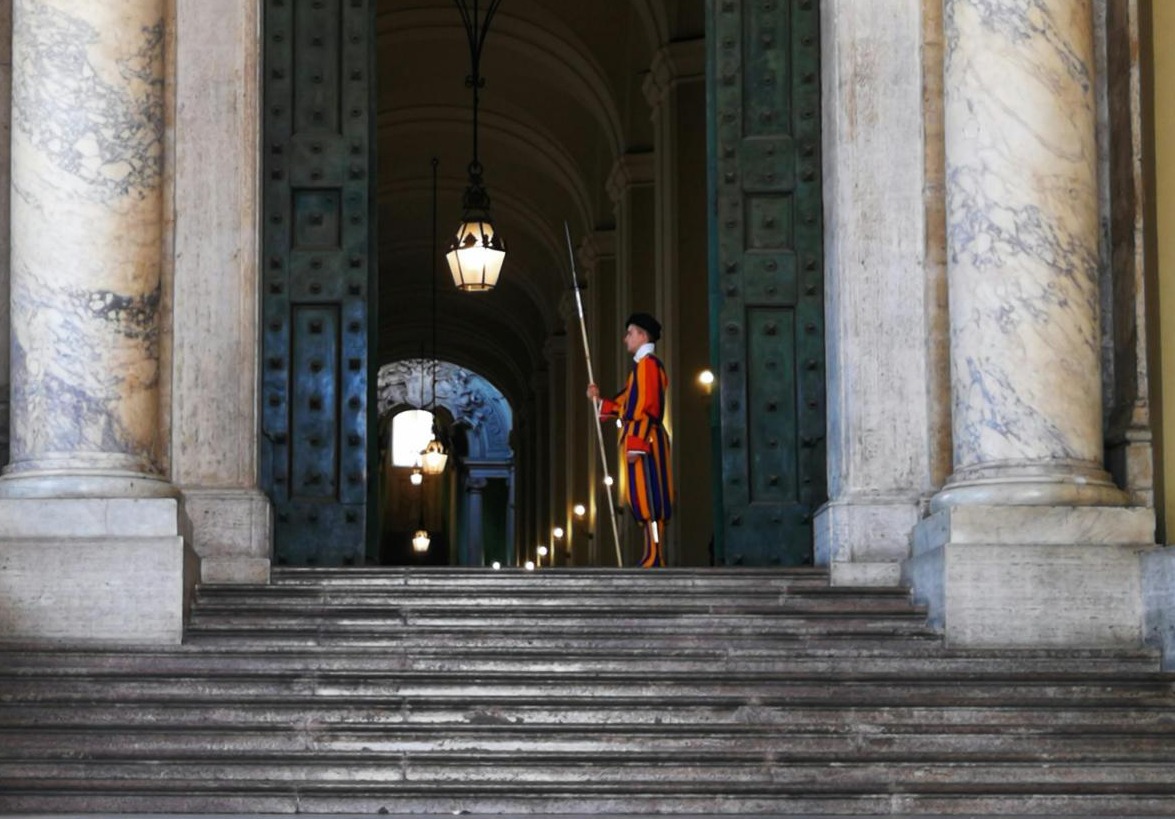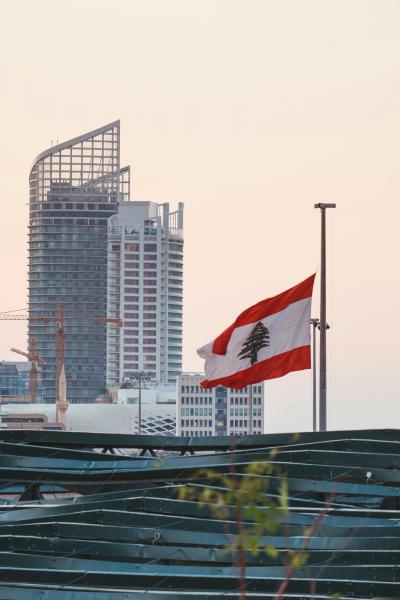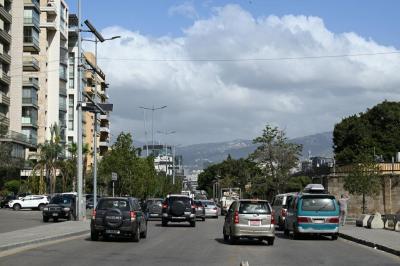Since Wednesday afternoon, 133 cardinals have been locked inside the Sistine Chapel to elect the next pope. Although a few frontrunners have emerged, the outcome of the conclave remains highly uncertain—both in terms of the man chosen and the future direction of the Church.
The first vote, symbolic and expected, resulted in black smoke above St. Peter’s Square. This initial round traditionally serves to gauge the balance of power among the cardinals, far from rumors or media speculation. From this point on, the cardinals are cut off from the outside world, without any media or political interference.
An Election Marked by Tensions and Internal Divisions
Even before the conclave began, tensions were high, fueled by various controversies and personal attacks against several contenders. The morning votive Mass and the solemn procession into the Sistine Chapel marked the shift from a conflict-laden atmosphere to a spiritual time of discernment, with the iconic “Extra omnes” marking the beginning of the lockdown.
Nevertheless, the stakes are deeply political: the aim is to elect a pope who can represent a specific doctrinal stance in response to the Church’s current challenges. Outside, around 5,000 journalists continue to comment, analyze, and speculate on the chances of the various candidates.
Frontrunners Under Fire
Cardinal Pietro Parolin, former Secretary of State and president of the conclave, is seen as the frontrunner. He reportedly has a strong base of support, but faces criticism from all sides: progressives accuse him of making secret deals with conservatives (which could warrant excommunication) to roll back some of Pope Francis’ reforms, particularly on traditional liturgy and same-sex couple blessings. Conversely, conservatives blame him for the controversial agreement with China and for the failings of the previous papacy.
Other potential candidates include:
Cardinal Zuppi, close to Francis but seen as too tied to the Sant’Egidio community.
Cardinal Pizzaballa, young (60) and thus possibly too inexperienced.
Cardinal Arborelius, older (75), appealing to those seeking a transitional figure.
Cardinal Aveline, attempting to reassure voters about his language skills.
Cardinal Prevost, viewed as a compromise despite accusations of mismanagement in abuse cases.
Cardinal Mario Grech, a proponent of synodality and potential continuity with Francis’ papacy.
However, no clear favorite has emerged, unlike the previous conclave where Cardinal Bergoglio’s intervention decisively shaped the vote.
Two Competing Visions for the Church’s Future
Two opposing views are clashing over the Church’s direction. The official narrative, promoted by the Vatican, suggests near-unanimous support for continuing along Pope Francis’ path. Yet, a parallel reality, revealed by Italian media and whispers from within the conclave, hints at a shift in tone.
Since Pope Francis’ death, more open criticism has surfaced: some cardinals challenge his highly personal leadership style, his disregard for canon law, and his "prophetic" decisions, which they see as breaks with tradition. Unexpected figures such as Cardinal Stella have voiced sharp criticism, alongside expected voices like Cardinal Zen.
More subtle signs also point to a return to more classical liturgical forms, with greater attention to the beauty of celebration, suggesting an implicit rejection of the liturgical austerity promoted under Francis.
Please post your comments on:
[email protected]
 Politics
Politics
